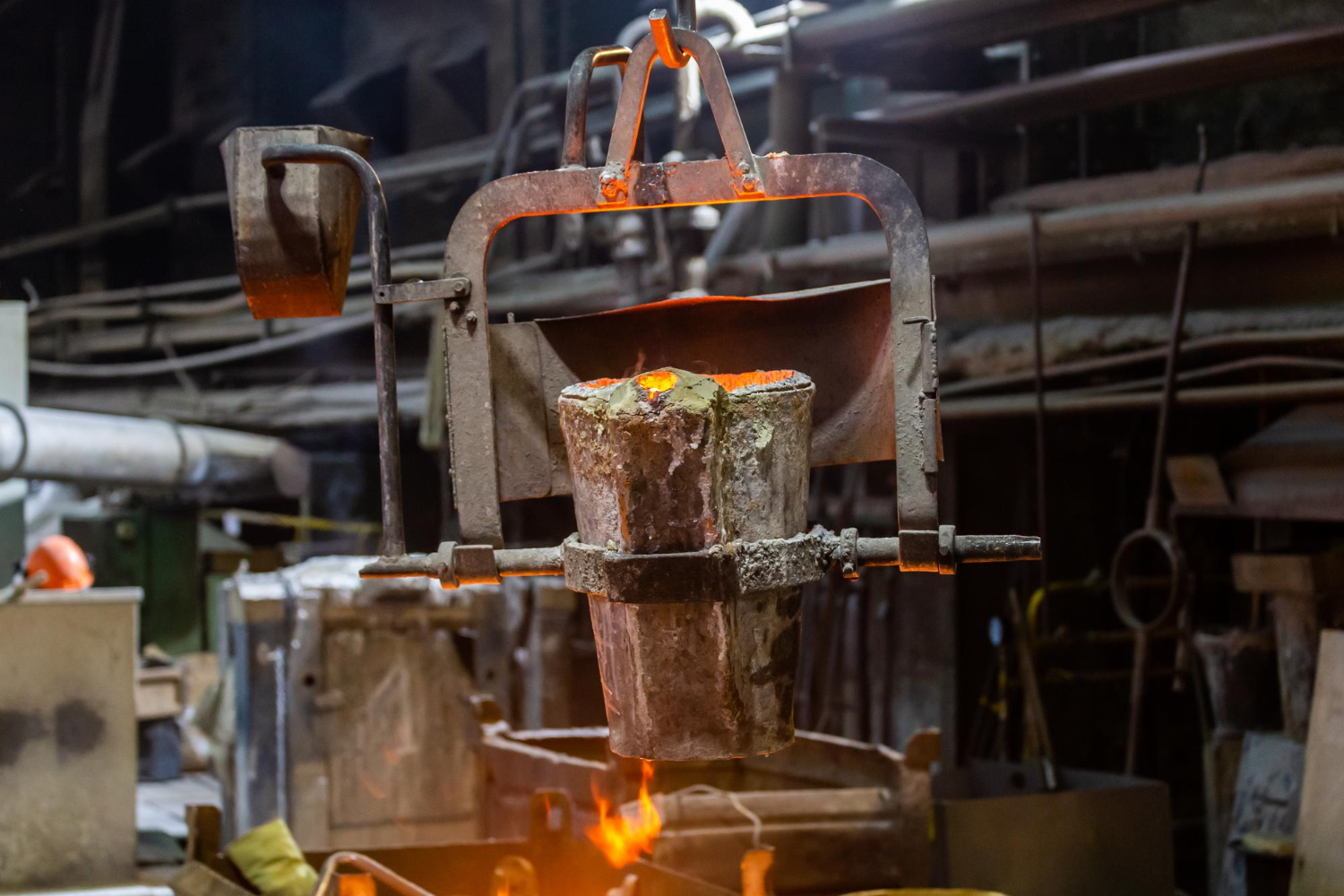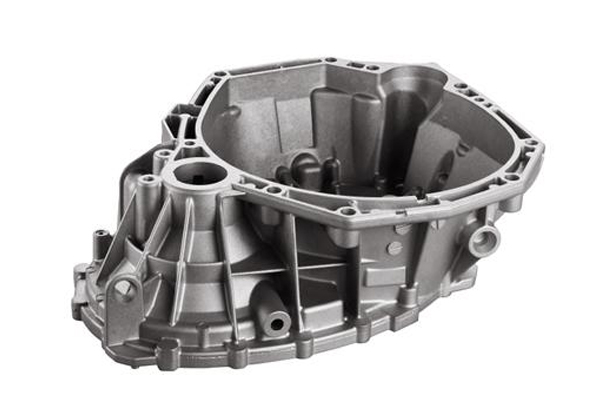Aluminum Castings Company Can Be Fun For Everyone
About Aluminum Castings Company
Table of ContentsGetting My Aluminum Castings Company To WorkIndicators on Aluminum Castings Company You Should KnowAluminum Castings Company Can Be Fun For Anyone8 Easy Facts About Aluminum Castings Company ShownSee This Report about Aluminum Castings Company10 Simple Techniques For Aluminum Castings CompanyRumored Buzz on Aluminum Castings CompanyTop Guidelines Of Aluminum Castings Company
There are two main sorts of die casting utilized in the aluminum casting sector: hot chamber die casting and cool chamber die casting. The main difference in between these approaches is how the molten metal is delivered to the mold. In hot chamber pass away casting, generally used for reduced melting factor steels, the fusion is straight connected to the maker, and a bettor compels the product through a gooseneck into the die tooth cavity.
Getting The Aluminum Castings Company To Work
In these approaches, the mold and mildew is purposefully damaged or damaged away in order to draw out the completed aluminum spreading. Usual procedures under the classification of expendable mold spreading consist of (investment casting),,, and financial investment spreading. When producing custom light weight aluminum parts using expendable mold and mildews, makers pour liquified light weight aluminum or light weight aluminum alloys into the mold and mildew, which is then broken apart to launch the solidified metal component.
The is just one of the earliest and most utilized types of aluminum spreading. It includes condensing specialty foundry sand, usually strengthened with clay or resin, around an exactly crafted reusable pattern that establishes the shape and internal information of the finished light weight aluminum product. The pattern system integrates risers and vents to manage the circulation of molten metal and to avoid casting flaws such as shrinkage porosity.
The Single Strategy To Use For Aluminum Castings Company
This mold is then preheated before the putting of molten aluminum or aluminum alloy. As the metal loads the covering, it catches the detailed details and fine surface finish of the mold. As soon as cooled, the ceramic is mechanically or chemically broken away, permitting the removal and splitting up of private actors parts.
The Facts About Aluminum Castings Company Uncovered
Irreversible mold and mildew casting uses reusable steel mold and mildews and is optimal for automation with consistent top quality and less waste. Expendable mold spreading utilizes single-use molds, like sand or foam, supplying layout versatility and lower tooling prices for models or short runs. Pass away spreading is best for creating high quantities of aluminum components that require limited tolerances, great details, and smooth surface areas.
The Toshiba Equipment DC-J Series consists of die casting equipments suitable for light weight aluminum. Known for their durable building and construction and high injection performance, these makers ensure effective and exact spreading (Aluminum Castings).

While light weight aluminum can be used in its pure type, it is often alloyed with other steels to enhance its buildings or the residential or commercial properties of the other steels. These alloys provide enhanced efficiency for numerous applications. Aluminum alloys are categorized into eight collection, phoned number from one to 8. The first number(s) of the number show the primary alloying aspect integrated with aluminum.
The Aluminum Castings Company Ideas
This alloying improves the toughness and firmness of aluminum yet reduces its ductility and corrosion resistance. The 3000 collection alloys are mostly alloyed with manganese.
The 4000 series alloys are alloyed with silicon, which lowers the melting factor and improves fluidness. This makes it a popular selection for casting, as it is very easy to develop in its molten state.
All about Aluminum Castings Company
This series is categorized as a high-strength alloy, specifically suited for sheet and plate applications because of its superb weldability. Its resistance to corrosion from acids and alkalis makes it suitable for usage in harsh and hostile settings (Aluminum Melting and Casting). The 6000 series alloys are alloyed with both magnesium and silicon, offering a balance of Website stamina, mechanical residential or commercial properties, and rust resistance
Processing the 6000 series needs specialized and innovative tools, which can be intricate and costly. This collection is known for its excellent rust and oxidation resistance, as well as its simplicity of coating, therapy, and workability. The 7000 collection light weight aluminum alloys are the greatest and most long lasting among aluminum kinds, with toughness equivalent to around two-thirds of industrial-grade A3 steel.
The Definitive Guide for Aluminum Castings Company
Zinc is the key alloying aspect in the 7000 collection, improving the hardness of the light weight aluminum, although zinc's firmness resembles that of light weight aluminum on the Mohs scale. The 8000 collection aluminum alloys are mostly alloyed with tin, along with tiny amounts of copper and nickel (Aluminum Castings). While these alloys supply lower toughness compared to various other series, they master machinability and wear resistance
Light weight aluminum cast heatsinks are electrically conductive, allowing them to be grounded effectively. They are often cast with incorporated features that lessen the need for second operations, such as added machining or assembly, resulting in more price financial savings. Aluminum spreading is frequently used to manufacture brackets for both sturdy industrial equipment and family devices.
How Aluminum Castings Company can Save You Time, Stress, and Money.
The single-piece building and construction of light weight aluminum braces boosts their stamina and resilience, minimizing the chance of failing. If openings are needed, they can be consisted of straight in the spreading mold, minimizing the requirement for post-production finishing (https://alumnmcstngs.wordpress.com/2025/11/09/hello-world/). Producers have progressively taken on light weight aluminum spreading for golf equipment due to its durability, security, and versatility in shaping